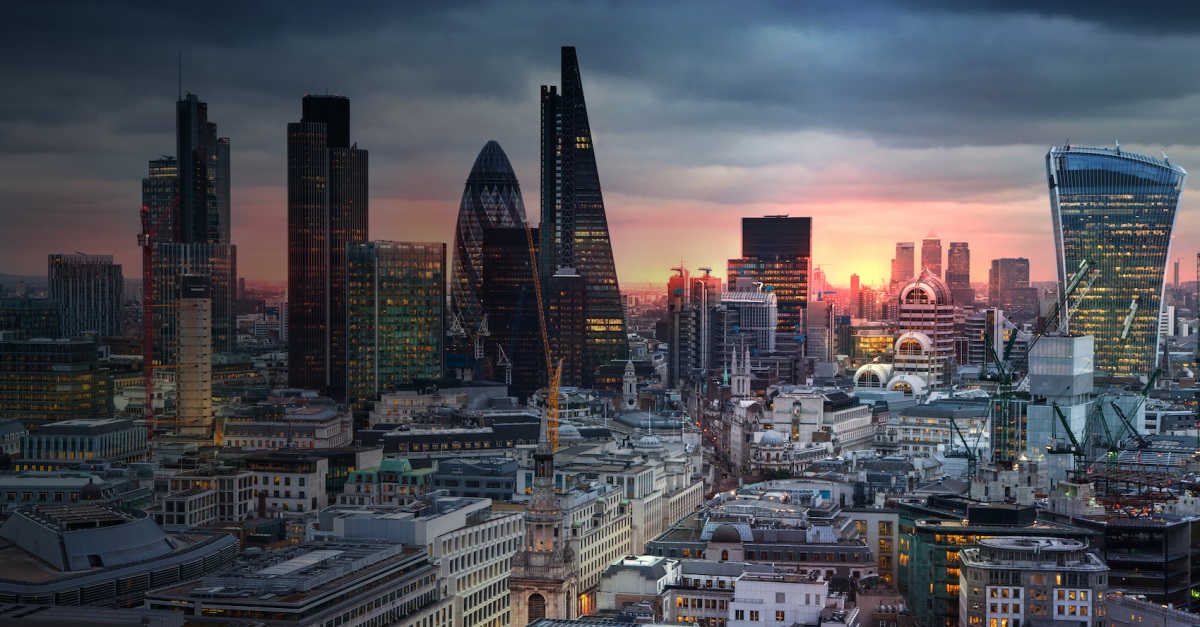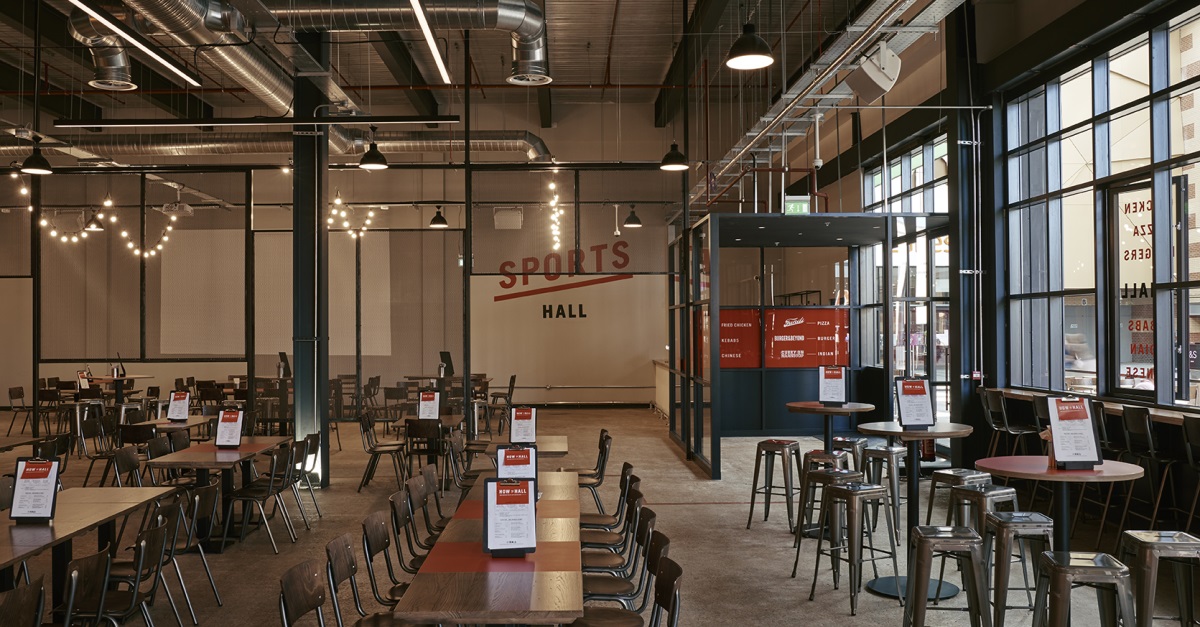The future of workplace productivity and design
The design of office spaces is a major factor that affects productivity in the workplace. The Office for National Statistics (ONS)has reported that the UK’s productivity is well behind those of our European neighbours. As building services design consultants, we want to understand why and how we can help improve productivity within the workplace.
The future of the office is rapidly changing, from what was once everybody sitting at their individual office desk has now shifted to companies investing in improved design and specification – creating agile spaces that suit different end-users. From open plan offices, cellular, call centres, break out zones, to collaborative spaces and quiet booths, it is clear one size does not fit all!
Morning Larks & Night Owls
Recently, our parent company Extentia Group published a survey report that focuses on two distinct groups – Morning Larks (those who are more productive in the morning) and Night Owls (those who are more productive in the afternoon/evening). It explores when these groups are most productive, how they prefer to work, and how we can adapt our workplace environments to maximise productivity.
The survey of over 1100 people were asked how businesses could make spaces and workplace environments better, nearly a quarter (23%) said they would like more natural light in their workplace, 20% wanted amenities and refreshments available out of hours and 19% said they would like their office environments to be less gloomy and more homely.
It’s evident the building services and the workplace environment plays a significant part in the physical and mental wellbeing of staff and ultimately their productivity. This can include lighting levels, air quality and thermal comfort.
Light is the key to wellbeing
The 9-5 working era is a thing from the past. Morning Larks and Night Owls are a clear example of different working patterns, and lighting is just one element which is often overlooked yet plays a significant part to supporting the wellbeing and productivity of staff that fall into both categories. Lighting design must also consider ambience, visual comfort, health and safety and overall aesthetics.
There is a raft of technology enabled solutions available to the market that can automatically adapt conditions to changing needs. Using data from sensors placed around an office and connected to intelligent lighting controls systems we can balance levels of artificial lighting to make the best use of natural daylight entering a workspace. Individual occupant control is another method to ensure local comfort in large, open plan office spaces. With increasing research emerging on how our brains respond to different light colour temperatures, we are also paying more attention than ever to the wonders of ‘Human Centric’ lighting!
Watch this Space
Later this year we’ll be delving into this subject more and sharing further insights into how MEP services can help contribute to tackling the UK future off workplace and Productivity output.
Download Extentia Group’s ‘Overcoming the UK’s Productivity Challenge’ report here for more information on how adapting workplace environments can maximise productivity. Or if you would like to get in touch with a member of the GDM team then please get in touch.

Latest News
We Are Hiring
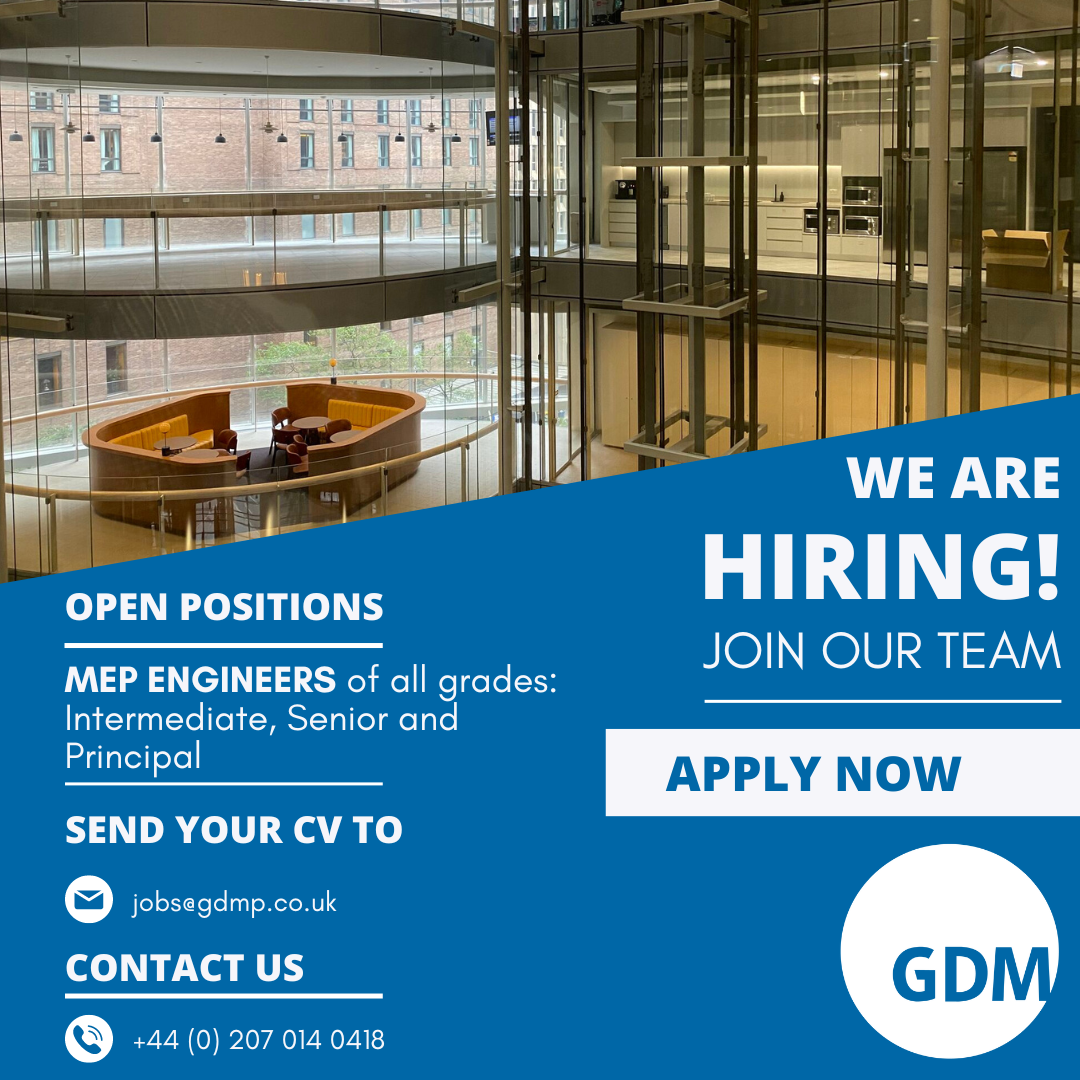
GDM Group announce merger with Concourse FM

GDM appointed for Clearstream Operations Prague

GDM launch their monthly MEP Services forum

Merry Christmas From GDM

COP26 – Construction: The Built Environment
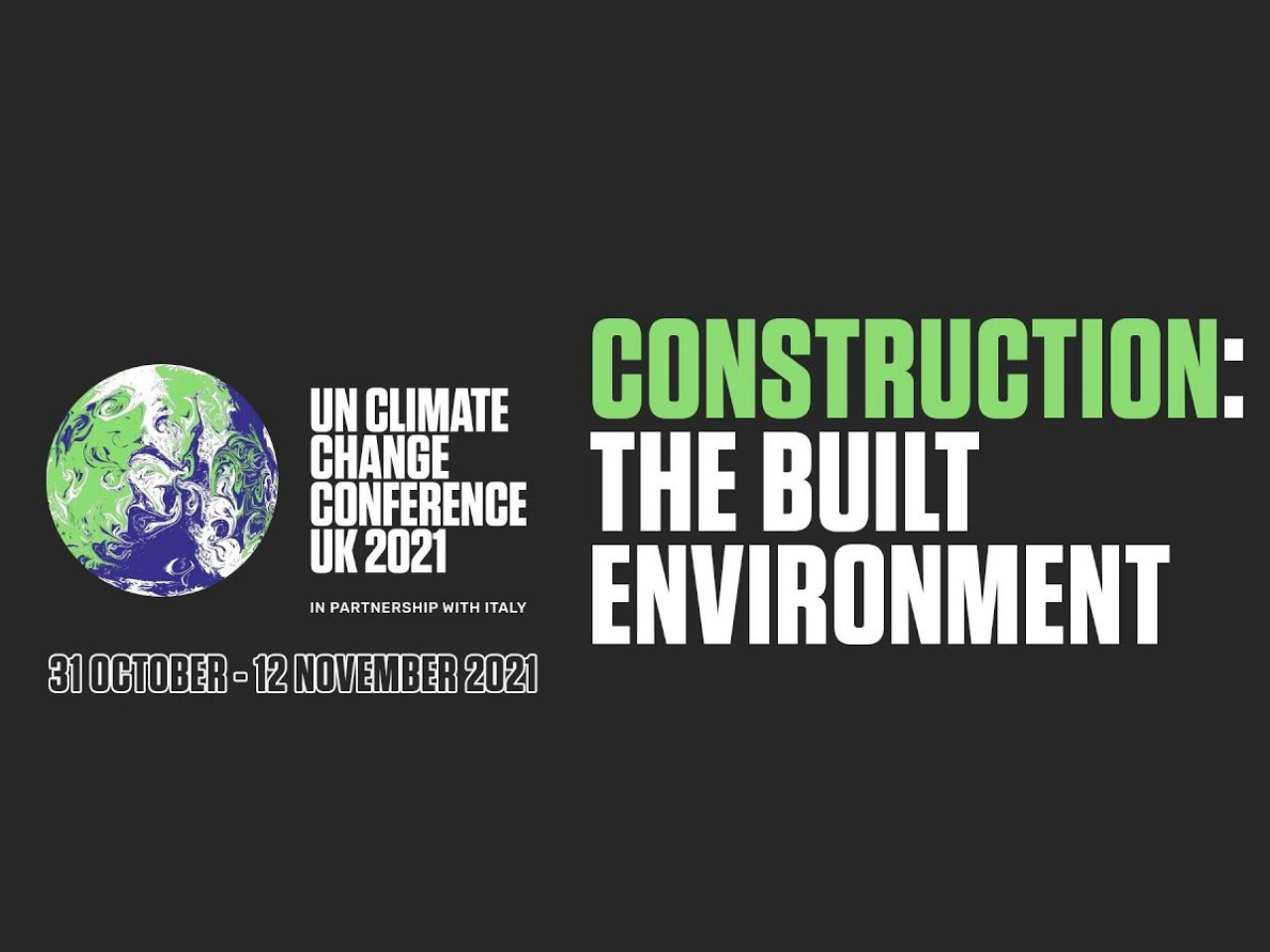
Copa Del Collins – Winners
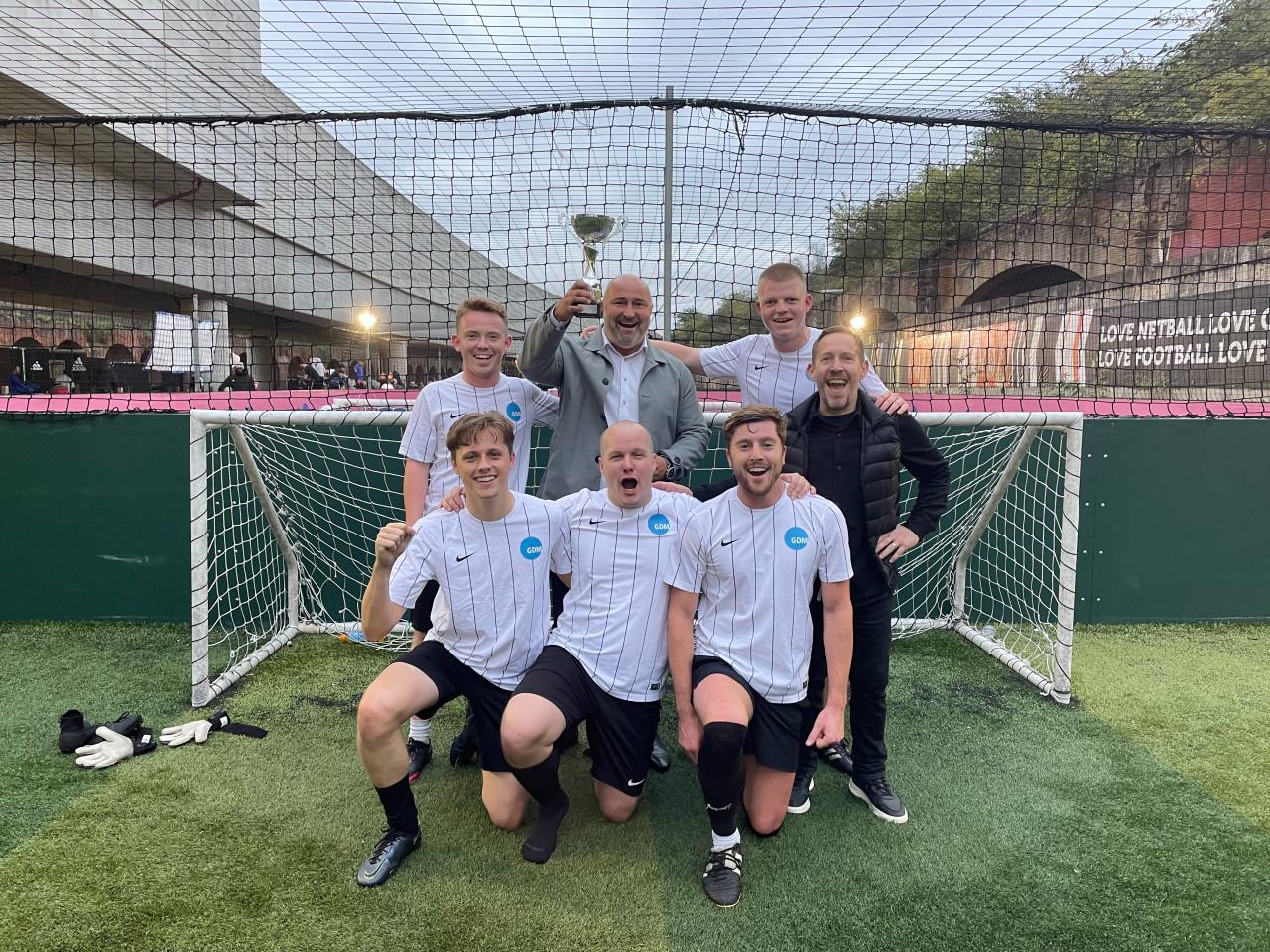
77 Coleman Street – Project of the Year

Concourse FM – Workplace Solutions

Promotions
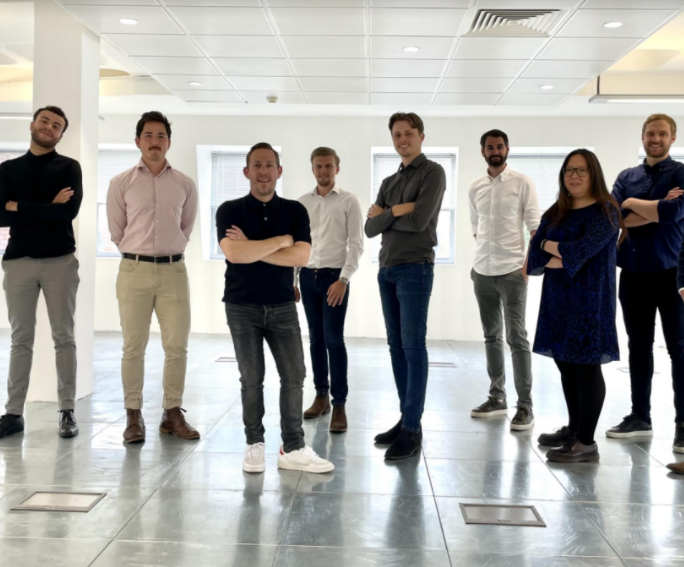
Office Mascot

The GDM Group – MBO Statement
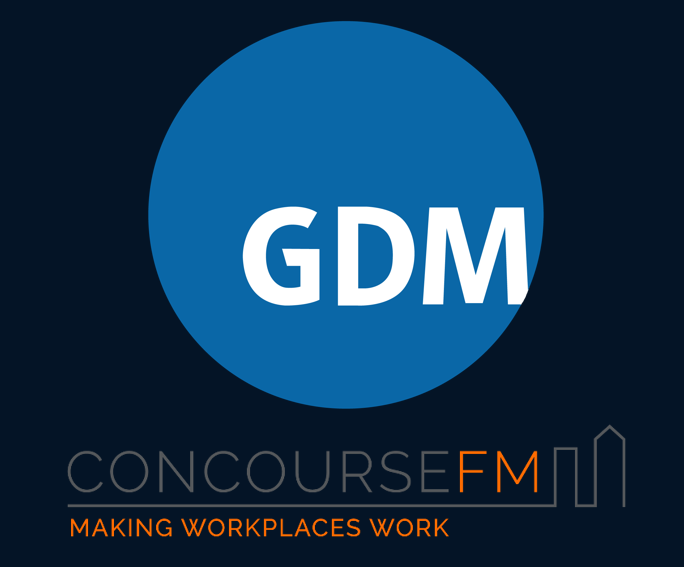
The GDM Group – Management Team

GDM to attend BCO Copenhagen 2019

GDM shortlisted for BCO Award_

GDM welcomes new Associate Director_

£20m AMSPROP office project completed
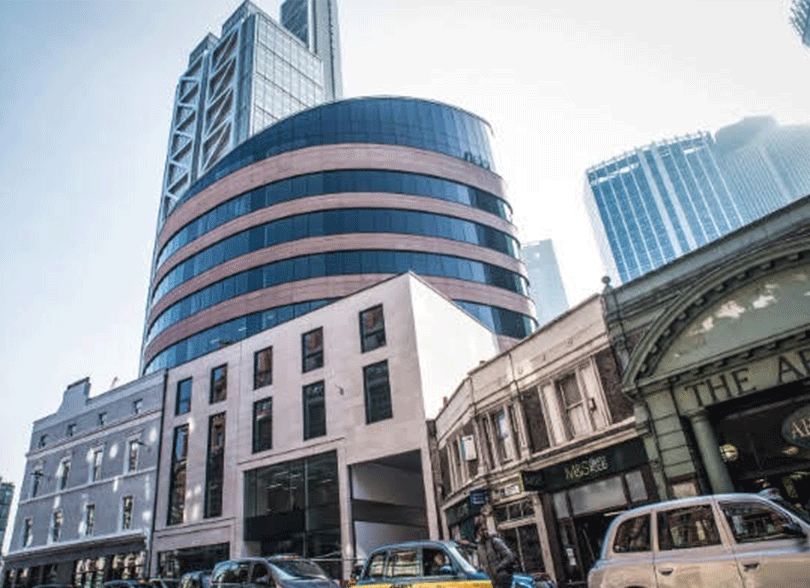
Shine Night Walk for Cancer Research UK

Craig Scott’s 450km Charity Cycle Challenge

The Loom wins RIBA Award
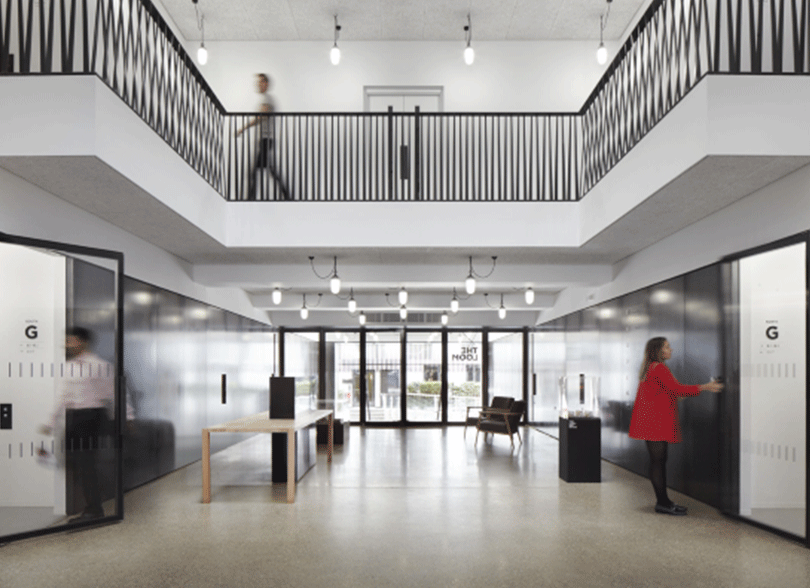
GDM secure fit-out for The Economist


